The Intense Horror Mystery With A Terrifying Twist, Stream Without Netflix
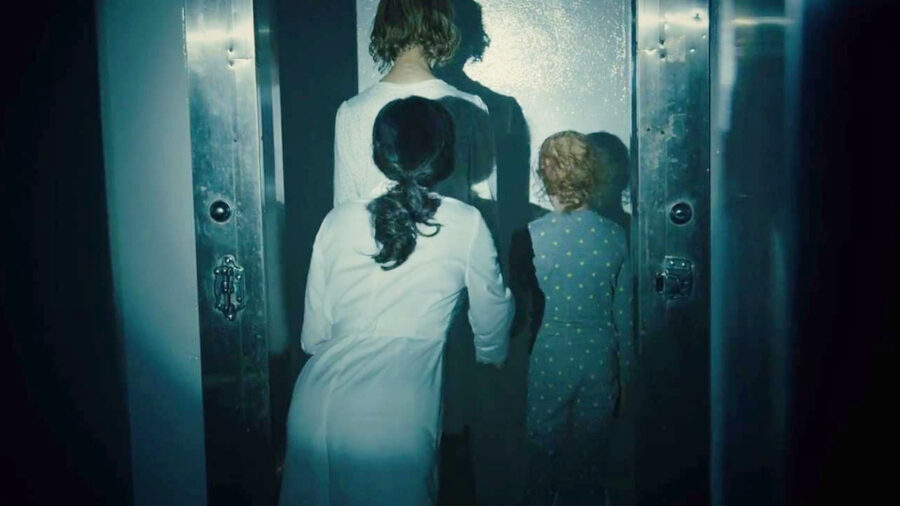
Possession films are a dime a dozen, but The Taking of Deborah Logan is one that will leave you with a feeling of discomfort for weeks, not unlike The Exorcist. Using the found footage filming method as its narrative vehicle, this Adam Robitel film explores mental illness, demonic possessions, and how the two relate to one another in a way that will make your skin crawl. Through its deliberately disjointed narrative, The Taking of Deborah Logan starts out as a documentary about Alzheimer’s disease, and pivots into a possession plot like no other.
A Great Entry In The Found Footage Horror Genre
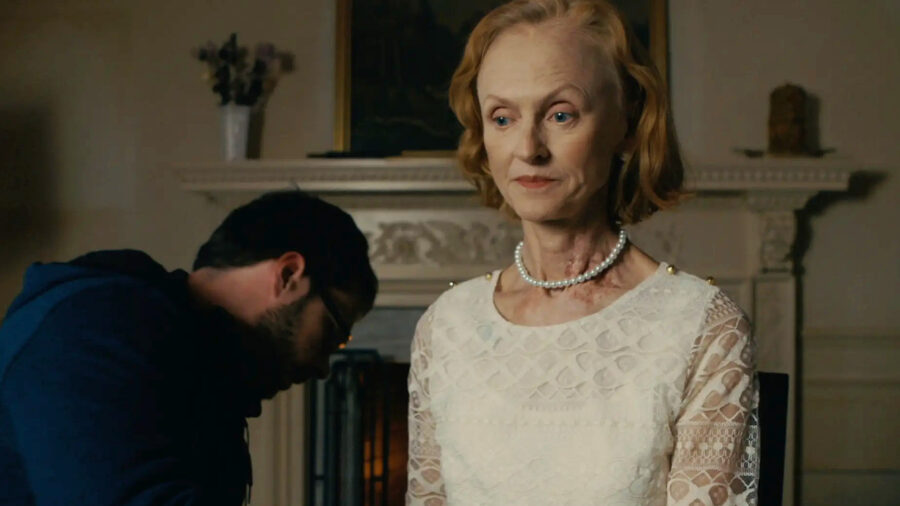
The Taking of Deborah Logan first introduces us to Mia Medina (Michelle Ang), an amateur filmmaker who recruits her friends, Gavin and Luis, to film her senior thesis. The subject of her documentary is Deborah Logan (Jill Larson), an elderly woman with Alzheimer’s disease. Once a prominent businesswoman, Deborah is now a shell of her former self as her disease progresses, and she now lives under the supervision of her adult daughter, Sarah (Anne Ramsay).
Not Exactly Alzheimer’s Disease
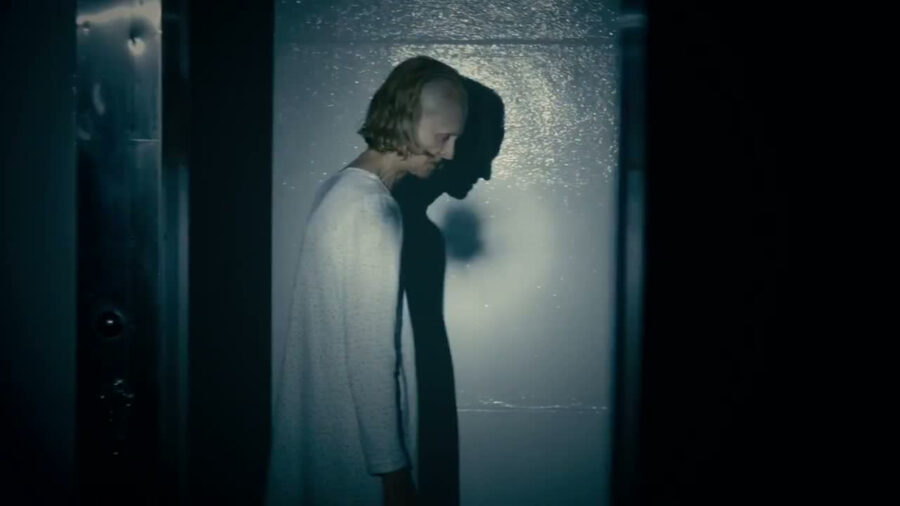
At first, The Taking of Deborah Logan presents itself as a slice-of-life documentary involving Deborah’s mental illness. Though Deborah’s increasingly aggressive and strange behavior can be attributed to her condition early on, it doesn’t take long for Gavin and Luis to realize that not all of her actions can be logically, or even medically explained. Upon reviewing footage from the multiple cameras that are placed throughout the residence, Luis notices that Deborah is speaking fluent French, levitating, and contorting in ways that no human being possibly could.
A Surprising Twist

Meanwhile, the old switchboard from Deborah’s business continually rings in the attic, and the plot to The Taking of Deborah Logan takes a sinister turn. It’s revealed that the phone line belongs to Henri Desjardins, a disgraced physician who allegedly abducted and ritualistically murdered four young girls before mysteriously disappearing. After a series of bloody, late-night incidents, Deborah is hospitalized because Sarah and the documentary crew can no longer take care of her.
Critics Praised The Taking of Deborah Logan For Its Unique Take
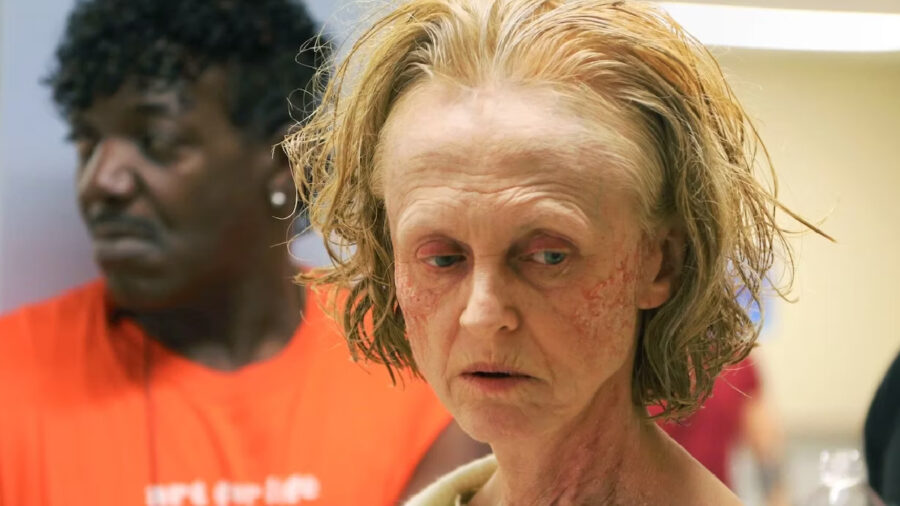
Despite its limited release, The Taking of Deborah Logan quickly became a critical darling for reinventing both the found footage and possession genres. For its bold take on mental illness within the possession genre, Adam Robitel’s directorial debut garnered a 92 percent critical score on Rotten Tomatoes. Jill Larson received universal praise for her earnest portrayal of a woman with Alzheimer’s, a condition further exacerbated by the demonic possession depicted in the film.
Conversely, audiences weren’t exactly thrilled with The Taking of Deborah Logan, and gave the film a much less favorable score of 49 percent. Citing frustration with the overuse of the found footage filming method, audiences were quick to point out that the static transitions between scenes seemed out of place because Mia and her Crew were using modern digital cameras. In other words, the storytelling wasn’t subject to heavy amounts of criticism, but rather how the narrative was presented.
Decide For Yourself
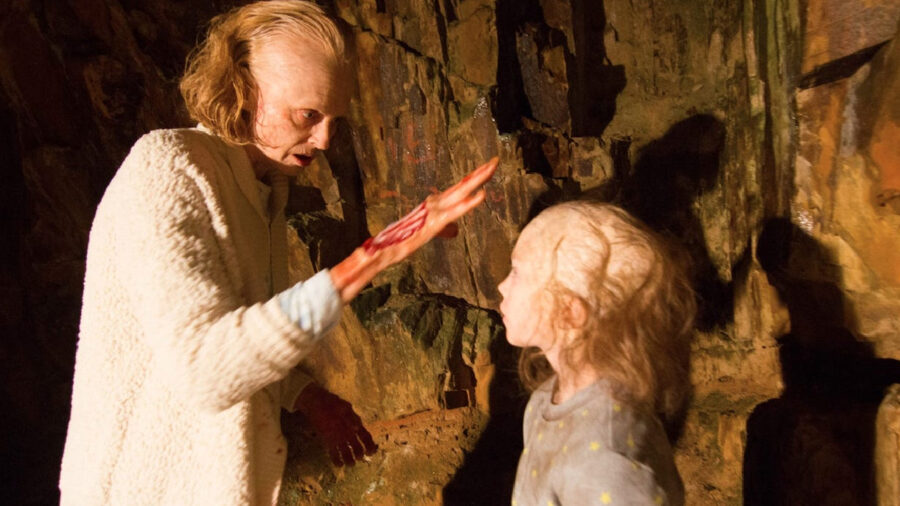
But still, The Taking of Deborah Logan is a unique and ambitious take on possession and mental illness that will make you want to keep the lights on indefinitely. At the very least, you’ll most certainly have second thoughts about reviewing whatever footage your Ring camera captures in the middle of the night. If you’re willing to subject yourself to this level of terror, you can stream the title on Tubi today.












